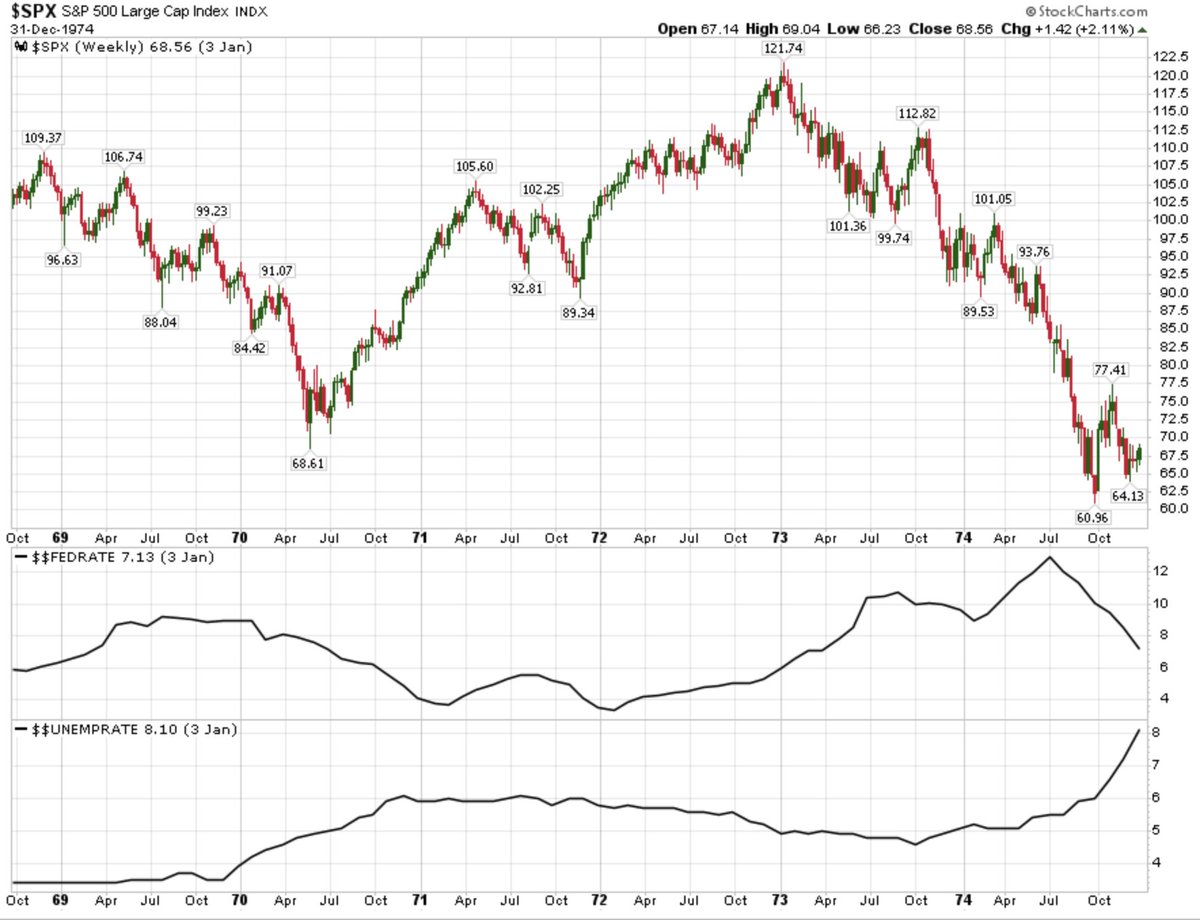1) I've run this hedging strategy on most global indices now and its been very effective in reducing drawdowns.
Here are the rules -
When price closes < 150d ema AND 5d ema < 7 day ema --> hedge. When 5day ema closes > 7 day ema, you cover. When price > 150d ema, no hedging.
Here are the rules -
When price closes < 150d ema AND 5d ema < 7 day ema --> hedge. When 5day ema closes > 7 day ema, you cover. When price > 150d ema, no hedging.
2) This hedging strategy has protected capital from EVERY major stock market decline for almost 100 years and it should continue to do the same in the future.
This hedging strategy reduces returns during strong bull-markets, but makes a lot of money during strong bear-markets..
This hedging strategy reduces returns during strong bull-markets, but makes a lot of money during strong bear-markets..
3) Depending on the index, even though the upside is reduced by 2-3% per year during powerful bull-markets, by hedging, one is able to stay fully invested in his/her stocks and yet avoid nasty drawdowns. So, this may be more suitable for growth stock investors who target...
4) high returns but want to smooth out the wild volatility. The benefit is peace of mind, good sleep and the ability to hold onto equity positions for the long-term.
Here are the charts of $SPX going back to the 1920s...
Here are the charts of $SPX going back to the 1920s...
5) With this strategy, you stay fully invested (without hedges) when price is above the red shaded area and you start hedging/trading 5day ema/7day ema cross when it falls below the 150day ema (red shaded area).
Finally, I've done this study and backtests using these particular exponential moving averages; but one can play around and tweak the longer-term and two shorter-term emas; to better suit their temperament.
Hope this has been useful.
Hope this has been useful.
How do I hedge?
a. For China exposure, I short $KWEB (same $ amount as my China stocks) - I trade a short term ema cross (sell when shorter-term ema goes below the longer-term ema and cover on reverse)
b. For non-China exposure, I short #NQ_F (beta hedging; so 1.2X my longs)
a. For China exposure, I short $KWEB (same $ amount as my China stocks) - I trade a short term ema cross (sell when shorter-term ema goes below the longer-term ema and cover on reverse)
b. For non-China exposure, I short #NQ_F (beta hedging; so 1.2X my longs)
• • •
Missing some Tweet in this thread? You can try to
force a refresh


















